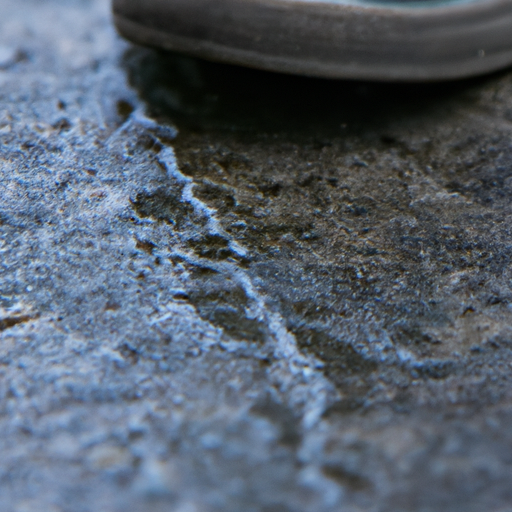What is the Slip Resistance of Concrete? Unveiling the Facts!
Concrete is a widely used construction material known for its durability and strength. However, one important aspect that often goes unnoticed is its slip resistance. Understanding the slip resistance of concrete is crucial, especially in areas where safety is a top priority, such as walkways, driveways, and industrial floors. In this article, we will delve into the facts about slip resistance and how it relates to concrete.
Slip resistance refers to the ability of a surface to provide friction and prevent slipping or skidding. It is measured using various methods, including the coefficient of friction (COF). The COF is a numerical value that indicates the slip resistance of a surface. The higher the COF, the more slip-resistant the surface is.
Concrete, by nature, is not inherently slip-resistant. Its smooth surface can become slippery, especially when wet or contaminated with substances like oil, grease, or water. This poses a significant risk, as slips and falls can lead to injuries or even fatalities.
To enhance the slip resistance of concrete, several measures can be taken during the construction process. One common method is to add aggregates to the concrete mix. Aggregates such as sand, gravel, or crushed stone create a rougher surface, increasing traction and reducing the risk of slipping. The size and type of aggregates used can influence the slip resistance of the concrete.
Another approach to improving slip resistance is the use of surface treatments. These treatments can be applied to the cured concrete to create a textured surface. Examples include acid etching, shot blasting, or applying a specialized coating. These methods alter the surface profile of the concrete, providing better grip and reducing the likelihood of slips.
In addition to construction techniques, regular maintenance is essential to preserve the slip resistance of concrete surfaces. Cleaning spills promptly, removing debris, and applying anti-slip coatings or sealants can help maintain the slip resistance over time.
It is important to note that the slip resistance of concrete can vary depending on various factors, including the type of concrete, surface finish, and environmental conditions. Therefore, it is crucial to conduct regular assessments and testing to ensure that the slip resistance meets safety standards.
In conclusion, understanding the slip resistance of concrete is vital for ensuring the safety of pedestrians and workers. By incorporating measures such as adding aggregates to the mix and applying surface treatments, the slip resistance of concrete can be significantly improved. Regular maintenance and testing are also essential to maintain the slip resistance over time. By prioritizing slip resistance, we can create safer environments and reduce the risk of accidents and injuries.




